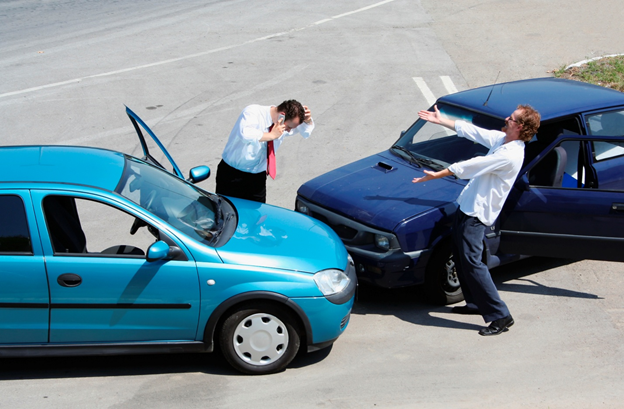The Ultimate Guide to Determining Car Accident Fault

Did you know that there were 35,766 fatal motor vehicle crashes in America in 2020?
After being in a collision, the last thing you want to do is figure out who is at fault and worry about what to do after a car accident.
Determining car accident fault can be incredibly complicated, and most people don’t know where to start.
Keep reading through this guide and we’ll teach you everything you need to know about determining car accident victims, including the factors considered, how to prove negligence, and more.
How to Determine Car Accident Fault
There are a couple of things you should understand when it comes to determining car accident faults. First, it’s important to know that each state has its laws regarding who is at fault in an accident. Secondly, insurance companies typically have their own rules and regulations about fault determination.
That said, you can apply some general principles when trying to determine who is at fault in a car accident. These include:
- The doctrine of negligence
- The rule of contributory negligence
- The last clear chance doctrine
Let’s take a closer look at each of these fault determination principles.
The Doctrine of Negligence
The first principle we’ll discuss is the doctrine of negligence. This doctrine holds that the person who was most at fault in an accident is the one who will be held responsible for any damages or injuries that occur.
This principle is based on the idea that people must act in a way that won’t put others in harm’s way. If someone fails to meet this duty and an accident occurs, they will be held liable.
The Rule of Contributory Negligence
The second principle we’ll discuss is the rule of contributory negligence. This rule states that if both parties were at fault in an accident, neither party can recover damages from the other.
So, if you were involved in an accident where both you and the other driver were at fault, neither of you would be able to recover damages from the other.
This rule is in place to prevent people from trying to recover damages when they were partially at fault for an accident.
The Last Clear Chance Doctrine
This doctrine holds that even if you were partially at fault for an accident, you can still recover damages. If the other party had the last clear chance to avoid the accident but failed to do so, you can claim.
This doctrine is in place to protect people who may have been partially at fault for an accident but did everything they could to avoid it. Unfortunately, the other party didn’t do their part, and an accident still occurred.
Now that we’ve gone over the three main fault determination principles, let’s talk about how these principles are applied in different states.
Fault Determination in the Different States
As we mentioned before, each state has its laws regarding car accident fault determination. Let’s take a look at how some of these states handle fault determination.
Minnesota
In the state of Minnesota, they use the doctrine of negligence to determine who is at fault in an accident. This means that the party who was most at fault for the accident will be held liable for any damages or injuries.
Texas
In the state of Texas, they use the rule of contributory negligence to determine car accident faults. This means that if both parties were at fault in an accident, neither party can recover damages from the other.
California
In the state of California, they use the last clear chance doctrine to determine car accident faults. This means that even if you were partially at fault for an accident, you can still recover damages.
But only if the other party had the last clear chance to avoid the accident but failed to do so.
Now that you know how some of the different states handle car accident fault determination, let’s talk about how insurance companies typically handle fault determination.
Fault Determination by Insurance Companies
Insurance companies typically have their own rules and regulations when it comes to determining car accident faults. That being said, there are some general principles that most insurance companies follow when finding fault.
The first principle is that the party who is most at fault for an accident will be held liable for any damages or injuries that occur. This is in line with the doctrine of negligence.
The second principle is that if both parties were at fault in an accident, neither party can recover damages from the other.
This is known as the rule of contributory negligence and it’s meant to prevent people from trying to recover damages when they were partially at fault for an accident.
The last principle is that even if you were partially at fault for an accident, you can still recover damages if the other party had the last clear chance to avoid the accident but failed to do so.
This doctrine is known as the last clear chance doctrine, and it’s in place to protect people who may have been partially at fault for an accident but did everything they could to avoid it.
If you’re ready to work with an auto accident lawyer, you can find out more about how here.
Determine Car Accident Fault Today
As you can see, there are a few things to take into account when trying to determine car accident fault. By understanding these concepts and putting them into practice, you’ll be better equipped to handle any legal proceedings.
Be sure to check out our blog for more articles like this one, and as always, feel free to reach out if you have any questions.







